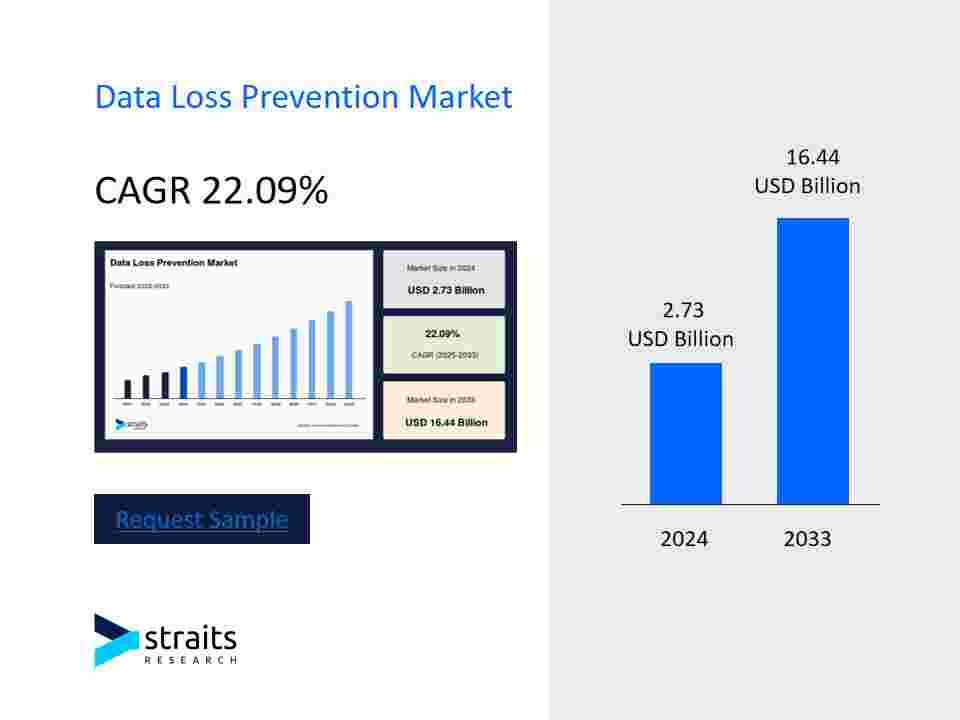In the digital age, an organization's most valuable asset is not its product or its real estate, but its data. For years, corporations struggled with siloed information, trapped in disparate systems and unusable for holistic analysis. The data lake emerged as a revolutionary solution—a vast, centralized repository designed to store massive volumes of raw data in its native format. Today, this concept is undergoing a radical transformation, evolving from a passive storage dump into the intelligent, active core of enterprise decision-making and AI-driven innovation.
According to Straits Research, the global data lake landscape was valued at USD 9.01 billion in 2024 and is expected to grow from USD 11.27 billion in 2025 to reach USD 67.59 billion by 2033, growing at a CAGR of 25.1% during the forecast period (2025-2033). This explosive growth is fueled by the unprecedented volume of data generated from IoT devices, cloud applications, and customer interactions, coupled with the urgent enterprise need to leverage this information for artificial intelligence and machine learning projects.
The competitive field is a dynamic clash between cloud hyperscalers and specialized software firms. Amazon Web Services (AWS) (USA) with its Simple Storage Service (S3) remains the de facto foundation for countless data lakes, but its dominance is being challenged by integrated analytics platforms. Microsoft Azure (USA) has made significant strides with its Azure Data Lake Storage, tightly coupling it with Synapse Analytics and its Power BI ecosystem, creating a powerful end-to-end solution for enterprises deeply embedded in the Microsoft stack. Similarly, Google Cloud Platform (USA) competes fiercely by leveraging its expertise in AI and analytics, offering BigQuery as a serverless, highly scalable engine to query data directly within the lake.
Beyond the cloud giants, a wave of innovation is driven by companies focused on open-source foundations and data governance. Databricks (USA), built atop the Apache Spark engine, has championed the concept of the "lakehouse"—a hybrid architecture that merges the flexibility of a data lake with the performance and management capabilities of a data warehouse. Their recent updates focus on enhancing Unity Catalog, a unified governance solution that provides centralised access control, auditing, and lineage tracking across an entire organization's data estate. Snowflake (USA), originally a cloud data warehouse purist, has aggressively moved into this space with its Snowflake Data Cloud, enabling organizations to eliminate silos by securely unifying structured and semi-structured data.
Recent industry news highlights the strategic importance of governance and open table formats. In a major development, IBM (USA) announced the acquisition of StreamSets and webMethods, a move aimed at bolstering its data integration and governance capabilities for hybrid cloud environments. This signals a clear industry trend towards ensuring data quality and lineage at the point of ingestion, transforming the lake from a "data swamp" risk into a trusted resource.
From India, Tata Consultancy Services (TCS) and Infosys are leading the charge in implementation, helping global enterprises architect and manage massive data lake projects on various cloud platforms. In Europe, stricter data sovereignty laws under GDPR are driving demand for localized solutions. Companies like SAP (Germany) are emphasizing the ability to run data lake environments within regional data centers, ensuring compliance while still enabling advanced analytics.
The trends defining the next chapter are clear. First is the rise of the lakehouse architecture, which is rapidly becoming the new standard, breaking down the traditional barriers between data lakes and warehouses. Second is the critical importance of data governance. Tools for automated cataloging, quality monitoring, and lineage tracking are no longer optional add-ons but essential components of any successful deployment. Finally, the integration of AI and ML is becoming seamless. Modern data platforms are building native features for MLOps, allowing data scientists to train, deploy, and monitor models directly on the data where it resides, drastically accelerating the path from insight to action.
Summary
The data lake has evolved from a simple storage repository into the intelligent core of modern data architecture, essential for AI and real-time analytics. Driven by cloud adoption and the lakehouse model, key players are competing on governance, integration, and open data formats. This transformation is enabling organizations to finally unlock the full potential of their data, driving a new wave of innovation and operational efficiency.




